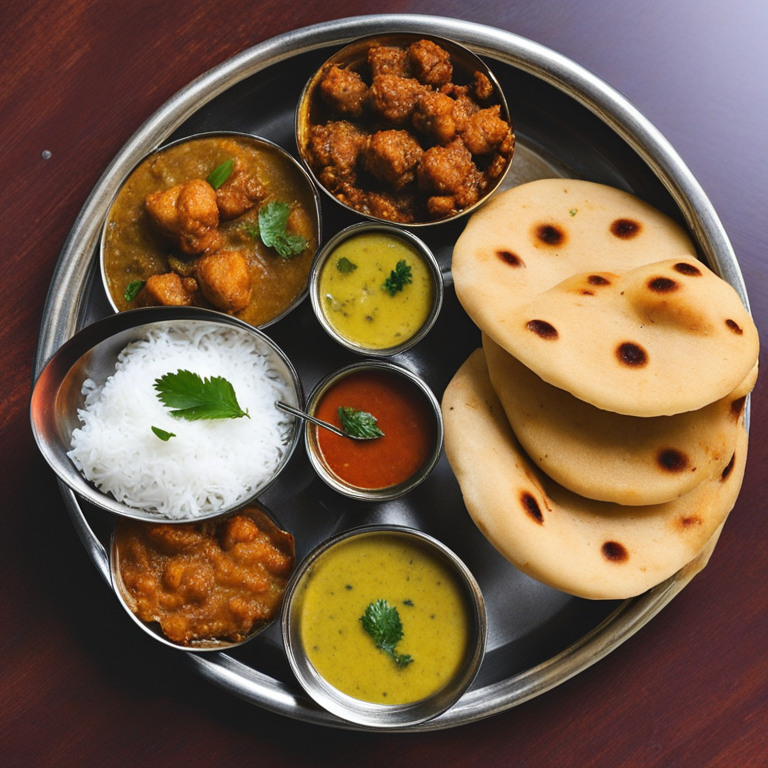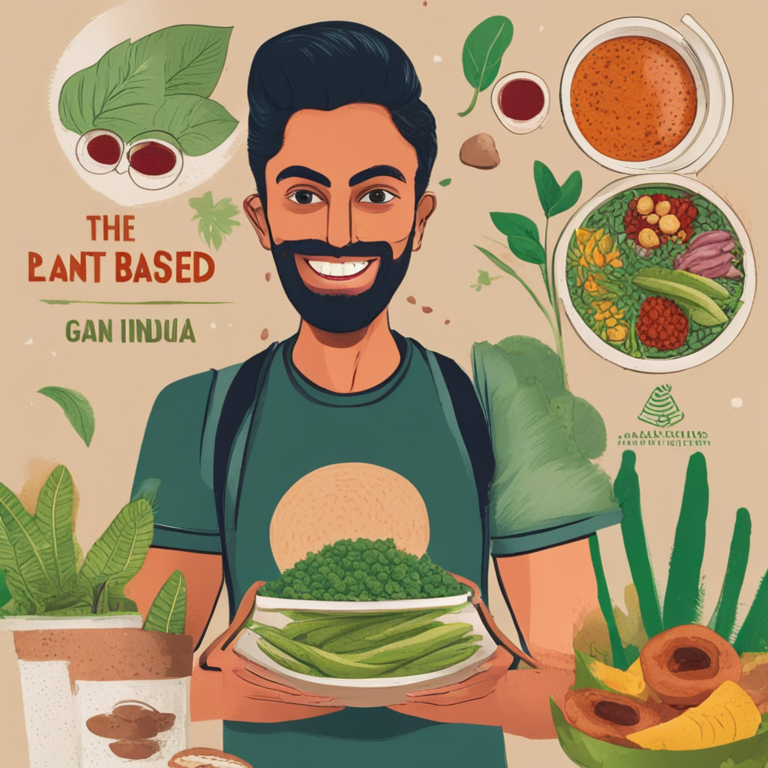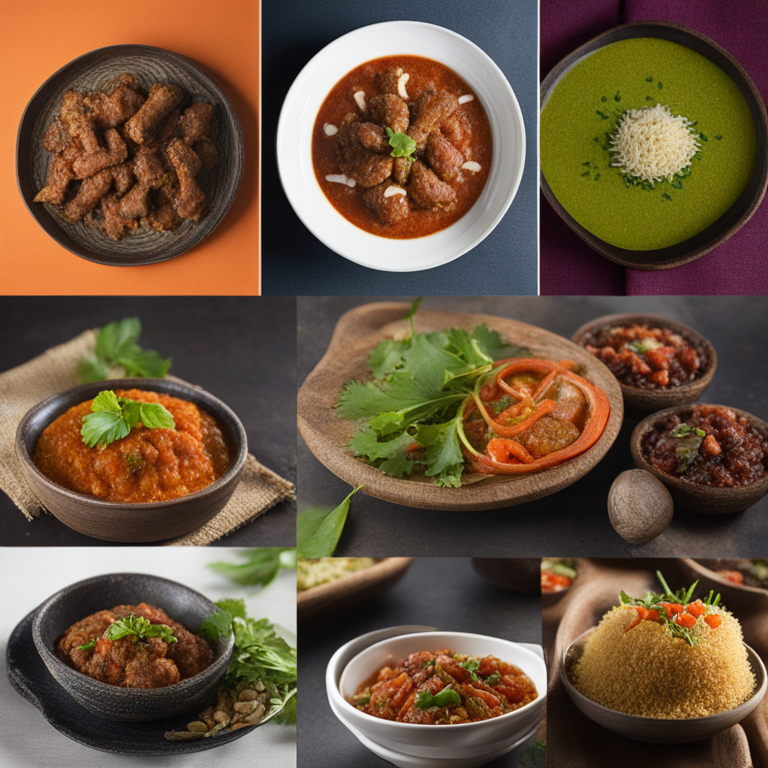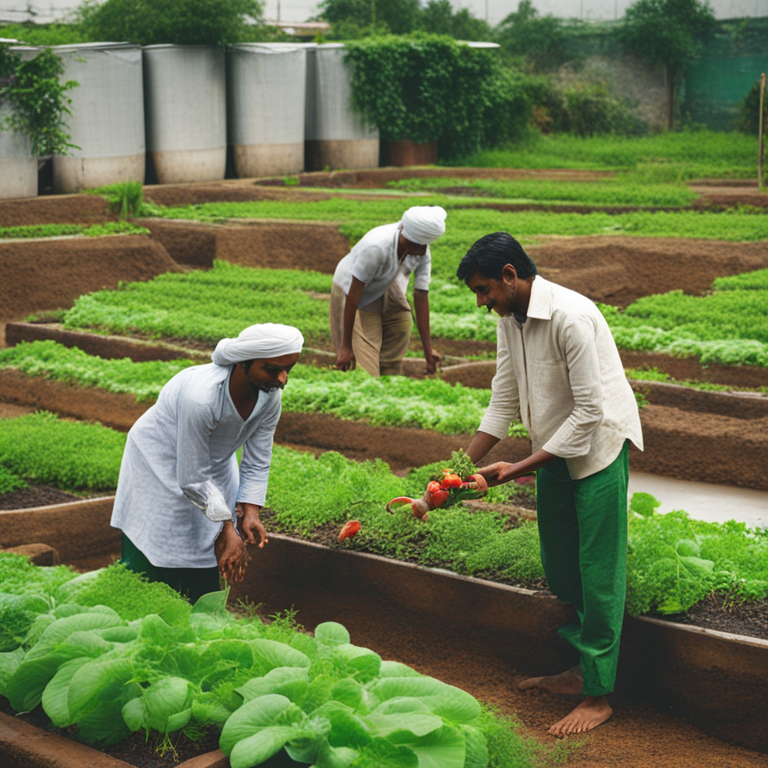Introduction:
Indian street food is a culinary experience like no other. Packed with flavors, spices, and aromas, the streets of India are full of stalls and carts serving up some of the most delicious and unique dishes you won’t find anywhere else. From savory snacks to sweet treats, Indian street food offers a wide variety of options to tantalize your taste buds. In this ultimate guide, we’ll explore 20 must-try dishes that will surely leave you craving more.
1. Vada Pav
Vada Pav is a popular street food snack from the state of Maharashtra. It consists of a spicy potato filling deep-fried in a gram flour batter, served in a bun with chutneys. This flavorful and filling snack is a staple in Mumbai’s street food scene.
2. Pav Bhaji
Pav Bhaji is a delicious and hearty dish made with a mix of vegetables cooked in a spicy tomato gravy, served with buttered buns. This dish originated in Mumbai and has since become a favorite all over India.
3. Pani Puri
Pani Puri, also known as Golgappa, is a popular street food snack that features hollow puris filled with a spicy and tangy water, along with a mixture of potatoes and chickpeas. This crispy and refreshing snack is a must-try for anyone visiting India.
4. Aloo Tikki
Aloo Tikki is a savory potato patty that is shallow-fried until crispy and golden brown. It is typically served with chutneys and yogurt, making it a popular snack across India.
5. Dahi Puri
Dahi Puri is a variation of Pani Puri where the puris are filled with a mixture of yogurt, spices, and chutneys. This creamy and tangy snack is a perfect combination of flavors and textures.
6. Samosa
Samosa is a well-loved Indian snack that consists of a crispy pastry filled with spiced potatoes, peas, and sometimes meat. These triangular treats are popular street food snacks that can be found all over India.
7. Jalebi
Jalebi is a sweet and sticky dessert made by deep-frying flour batter in a coil shape and then soaking it in sugar syrup. This crispy and sugary treat is a favorite among those with a sweet tooth.
8. Kachori
Kachori is a deep-fried, spicy snack made with a flavorful filling of lentils or peas. These crispy and savory snacks are often served with chutneys and are a popular choice for breakfast or tea-time snacks.
9. Chole Bhature
Chole Bhature is a popular North Indian dish consisting of spicy chickpea curry served with fluffy fried bread called Bhature. This hearty and filling dish is a must-try for those looking for a flavorful meal.
10. Dabeli
Dabeli is a popular street food snack from the state of Gujarat. It features a spiced potato filling served in a grilled bun with a variety of chutneys and garnishes. This sweet and tangy snack is a unique blend of flavors that you won’t find anywhere else.
11. Bhel Puri
Bhel Puri is a classic Indian street food snack made with puffed rice, vegetables, chutneys, and sev (crispy noodles). This crunchy and flavorful snack is a favorite among locals and tourists alike.
12. Misal Pav
Misal Pav is a spicy curry made with sprouted beans, potatoes, and a medley of spices, served with buttered buns. This flavorful and aromatic dish is a specialty of Maharashtra and is a must-try for anyone visiting the region.
13. Aloo Chaat
Aloo Chaat is a tangy and spicy snack made with fried potatoes, onions, and a mix of chutneys and spices. This flavorful and satisfying snack is a popular choice for those looking for a quick and tasty bite.
14. Kati Roll
Kati Roll is a popular street food snack that originated in Kolkata. It features a flaky paratha wrapped around a spicy filling of meat or vegetables, making it a convenient and delicious on-the-go option.
15. Ragda Pattice
Ragda Pattice is a popular street food dish from Mumbai that consists of spicy white peas curry served with potato patties and a variety of chutneys. This flavorful and hearty dish is a favorite among locals and tourists alike.
16. Kulfi
Kulfi is a traditional Indian ice cream made with thickened milk, sugar, and flavors like saffron, cardamom, or pistachio. This creamy and aromatic dessert is a popular choice for those looking to cool off on a hot day.
17. Egg Roll
Egg Roll is a popular street food snack that consists of a flaky paratha filled with spicy scrambled eggs, onions, and chutneys. This flavorful and filling snack is a favorite among those looking for a quick and satisfying meal.
18. Masala Dosa
Masala Dosa is a South Indian specialty that features a crispy rice and lentil crepe filled with a spicy potato filling. This delicious and satisfying dish is a favorite for breakfast or lunch and can be found at street food stalls across India.
19. Kachori Sabzi
Kachori Sabzi is a popular street food dish made with deep-fried, spicy lentil-filled pastries served with a flavorful potato curry. This hearty and flavorful dish is a favorite among those looking for a filling and satisfying meal.
20. Churros
Churros may not be traditionally Indian, but this fried dough pastry has found its way onto street food menus across the country. These crispy and sugary treats are the perfect indulgence for those with a sweet tooth.
Conclusion:
Indian street food is a vibrant and diverse culinary experience that offers a wide range of flavors and textures to satisfy every palate. From savory snacks to sweet treats, the streets of India are full of unique and delicious dishes that you won’t find anywhere else. Whether you’re a foodie looking to explore new flavors or a traveler wanting to experience the local culture, make sure to try these 20 must-try Indian street food dishes on your next visit to the country. Your taste buds will thank you!
👉 [Best Deals on Amazon!](https://amzn.to/abcd) | [Flipkart](https://fkrt.it/xyz123)









